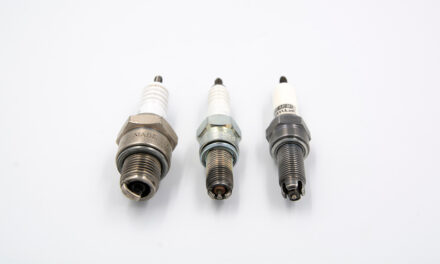For every vehicle enthusiast or DIY technician, understanding the significance of a spark plug’s cleanliness and proper gapping is crucial. These two factors are pivotal in ensuring optimal engine performance, better fuel economy, and reduced emissions. Here’s a step-by-step guide to help you master the art of cleaning and gapping your spark plugs.
Tools & Materials Required:
- Spark plug socket wrench or a deep socket
- Spark plug gap gauge (wire or feeler type)
- Wire brush or spark plug cleaner tool
- Clean cloth or rag
- Anti-seize compound (optional)
Step-by-Step Instructions:
Safety First: Always ensure your vehicle is turned off and the engine is cool to the touch before starting any maintenance task.
Remove the Spark Plug: Using the spark plug socket wrench, carefully remove the spark plug from the engine. If you’re unfamiliar with its location, consult your vehicle’s manual.
Inspect the Spark Plug: Before cleaning, conduct a visual inspection. Check for any signs of wear, cracks, or damage on the electrode and insulator. If it appears damaged, it’s best to replace it.
Cleaning:
- For light deposits, a simple wire brush will suffice. Gently scrub away any debris or deposits from the electrode and insulator.
- Use a specialized spark plug cleaner tool or a mixture of baking soda and water to create a paste and scrub for heavily fouled plugs.
Measuring the Gap: Insert the correct thickness gauge between the center and ground electrode. The gauge should slide in with slight resistance. You’ll need to adjust the gap if it’s too loose or tight.
Adjusting the Gap:
- If the gap is too wide, gently tap the spark plug on a hard surface to close it slightly.
- If the gap is too small, use a gapping tool to widen it. Be cautious not to apply too much pressure, which can damage the electrode.
Reinstall the Spark Plug: Before reinstalling, you can apply a thin layer of anti-seize compound to the threads. This prevents the spark plug from seizing or corroding in the cylinder head. Screw the spark plug back using your hands to ensure it’s not cross-threaded. Finally, tighten it with the spark plug socket wrench.
Reconnect the Spark Plug Wire or Coil: Once the spark plug is securely in place, ensure to reconnect the spark plug wire or coil.
Test Your Vehicle: Start your vehicle and listen to the engine’s sound. A smooth idle indicates the spark plug is functioning correctly.
Tips:
- Always refer to your vehicle’s manual for the manufacturer’s recommended spark plug gap.
- Never over-tighten the spark plug, as this can damage the threads in the cylinder head.
- Regularly inspecting and cleaning spark plugs can extend their lifespan and maintain engine performance.

















